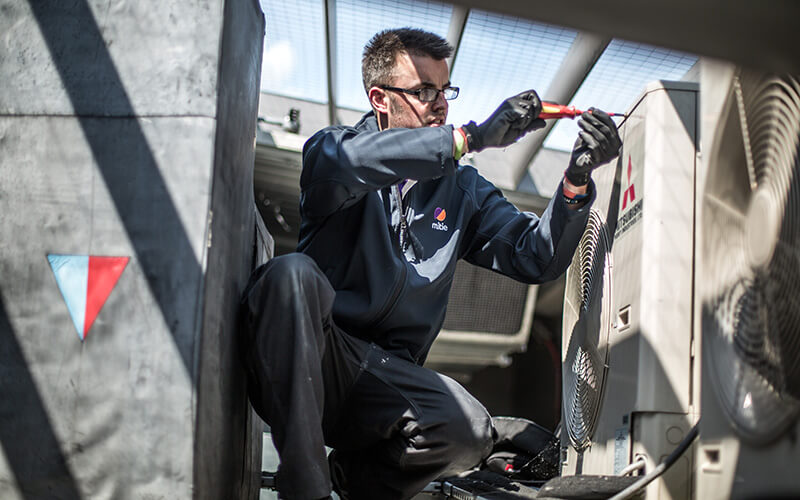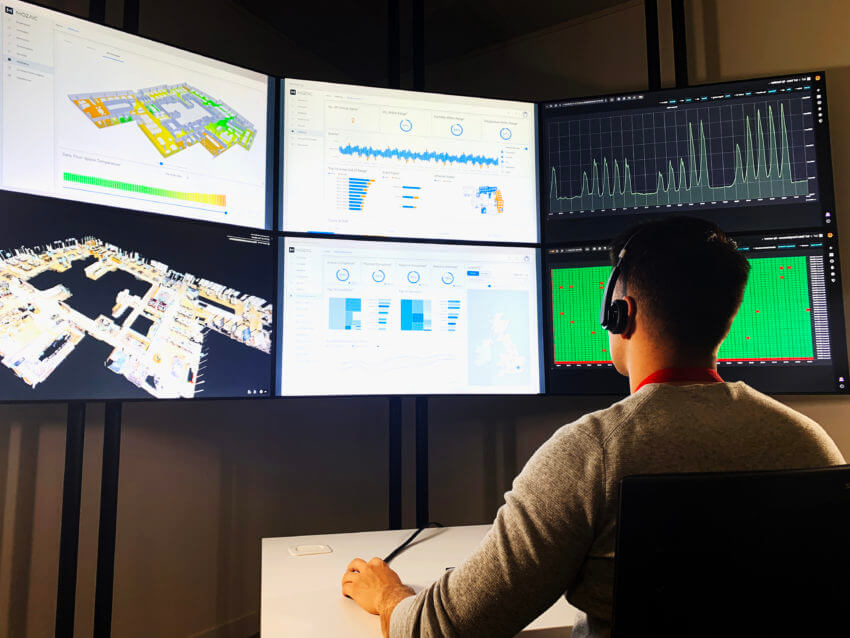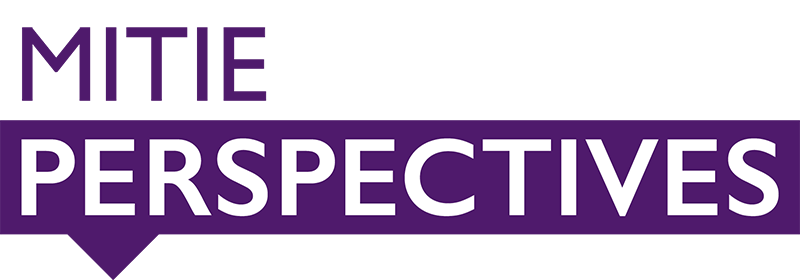Critical infrastructure, complacency creep and how to avoid it

Can the resilience of critical assets and infrastructure really lead to complacency?
“Yes,” says Mitie’s strategic account director for National Air Traffic Control, Alan Russell.
After starting out as an engineering apprentice, Alan has spent almost 30 years building expertise in asset maintenance and keeping essential services running smoothly.
Throughout his career, Alan has seen it all – from rare spare parts being bought on eBay to a tendency for complacence to creep into the way things are done.
For the fourth instalment in the Mitie Perspectives series, Alan reflects on ‘complacency creep’ and how to safeguard against it at your organisation.
There have been a few ‘pinch yourself’ moments in my career.
One of them came when I descended into an empty water reservoir beneath one of the UK’s busiest transport hubs. It was a vast, cathedral-like space, hidden underground and normally unseen by human eyes.
I was part of a crew that was checking if it remained structurally sound and operational. Secured by a harness and armed with emergency oxygen tanks, we made a positive assessment. It was surreal emerging back into the world, knowing the reservoir would be filled up again and go into hiding for another 20 years or so.
That check was incredibly important; today, it’s the norm for things to work. If people in a transport hub turn on a tap, they expect water to come out of it. Just as they’ll expect public WiFi to connect and transport to be on time. With advances in technology, user expectation has increased exponentially.
Over the years, I’ve noticed habits and behaviours within the Engineering sector that jeopardise the seamless services we’ve all come to expect. And it’s often due to the resilience that keeps things ticking over smoothly.
I hope the following four considerations provide food for thought – and help maintain innovative, uninterrupted infrastructure and services at your organisation.

Normalising risk is risky business
Resilience means creating backups to ensure critical systems and infrastructure keep running. Single points of failure aren’t an option. For example, if one problem was enough to bring down a mobile phone data centre, thousands of people would be massively inconvenienced. That’s why there are so many systems in place to prevent infrastructure breaking.
Despite this, I’ve noticed the normalisation of risk becoming more prevalent. I believe the reason is the ‘comfort blanket’ of knowing you have more capacity than demand. If one of four boilers breaks down in the summer, the response might be: ‘Well, we don’t need it until winter. We can put off the repairs.’ There’s a lack of urgency in such a response. From a risk perspective, if you know the operating system or asset is impaired, risk is heightened. Heightened risk leads to a higher probability of operational impact. So, don’t fall into the trap of thinking there’s no risk with risk. You may well live to regret it.
Culture and the rulebook go hand-in-hand
Rules and regulations are important for maintaining critical infrastructure. However, making sure they are kept is the ultimate responsibility of people. So, when mitigating complacency, you are heavily reliant on colleagues. Connecting individuals with the organisation’s purpose, and educating about being part of something bigger, is an effective strategy to keep performance where it should be.
There’s a story about Sir Christopher Wren visiting the construction site of St Paul’s Cathedral. On one visit he asked three bricklayers what they were doing, and received three different responses.
“I’m laying bricks.”
“I’m building a wall.”
“I’m helping to build a magnificent cathedral.”
The third bricklayer was absolutely correct. He understood he was part of a team building what is now one of the world’s most iconic buildings.
To mitigate complacency, you must bring people along and get their buy-in. It’s not just about following rules and fixing a single pump or an electrical distribution board. Colleagues must appreciate they’re creating safe, reliable assets and systems. This gives the end-user the comfort and confidence that things will work when they need them to.
To safeguard against complacency in critical infrastructure, everyone must understand the output and what is being achieved. Make people feel like the third bricklayer every day, and you’re creating the right culture.
eBay parts may cost you dearly
It can be complicated to replace old assets in critical infrastructure. There must come a time when such assets are no longer repaired and new equipment is installed.
Admitting this is the case isn’t always easy. I’ve heard of instances where parts are being bought for obsolete infrastructure on eBay, just to keep things going. People will go to exhaustive lengths to postpone the pain of big changes, and I understand why. It’s often easier to go to such effort to keep things running than it is to take kit out of service and face all the inconvenience and cost that goes with it.

This is a form of complacency. It’s people thinking: “We’ll get another year out of that,” or, “We won’t replace that boiler until spring.” Then an issue crops up and it doesn’t happen, which means there is more chance of a breakdown in service later on. Short-termism is also a false economy. The cost of a forced replacement, rather than a scheduled one that’s been budgeted for, can easily become the more expensive option. So, there’s a business case for updating obsolete assets too.
It’s important to remain innovative and not become complacent or reliant on aging assets. Replace what needs to be replaced. Short-term pain for long-term gain.
Fail to prepare…Prepare to fail
If you’re tempted to buy a spare part on eBay, ask how you arrived at the situation in the first place. If there was an effective asset replacement plan, you wouldn’t face such a scenario ‘downstream’. Predictive maintenance is one way Mitie helps customers mitigate against systems failures. This means assets are monitored 24/7 and performance anomalies are flagged to show what’s at risk of ‘going pop’. This allows for timely replacement or repairs.
How you manage operational and asset risk on a day-to-day, month-to-month and year-to-year basis must be given sufficient focus. Firstly, always have a plan B and C in your back pocket. Plan A is the perfect day – the type you’re aiming for, when it’s boring and predictable and everything’s working as it should. Plan B is when something fails but it’s not a critical event. Plan C is required at Armageddon stage. If something goes badly wrong, you must have a plan to bring it back.
Secondly, test your plans. This is no time for complacence. I’ve seen plenty of occasions when a standby generator has been written into business continuity plans. Then along comes a power failure and the generator is found to be unsuitable. You have to go back to the plans regularly and make sure they work when the unexpected happens. Anything else is complacency.

Do you agree with Alan? Share your thoughts by emailing [email protected].
Read next
Get ready for facilities transformation
How can FM leaders face the challenging headwinds of today’s business world head-on? In the Mitie Science of Service® white paper, we set out to highlight the most pressing issues in facilities management, and…

How AI has reshaped engineering maintenance in FM
For many of us, the term artificial intelligence (AI) still conjures up images from science fiction, but the truth is AI has been a reality for years. It transforms our experience of high-traffic websites…
 Skip to content
Skip to content